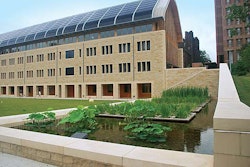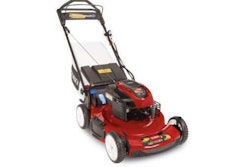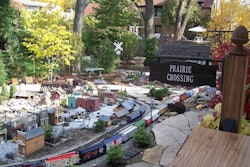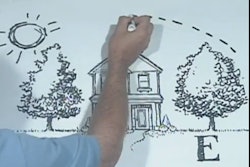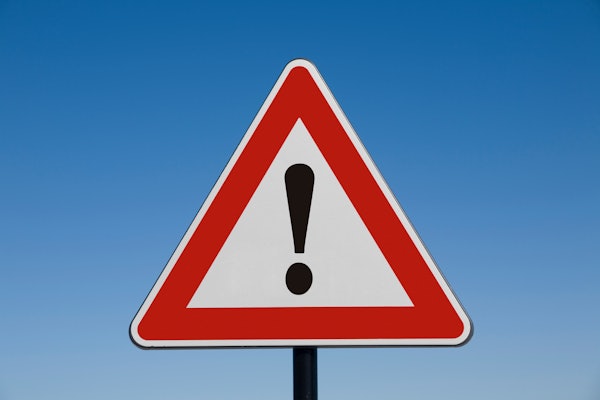
New ways of thinking about groundcovers
You already know groundcovers are problem-solvers. They retain moisture and control erosion. They provide habitat for pollinators such as bees and butterflies. And they’re tough as nails. “Once established, many groundcovers crowd out weeds and are relatively low-maintenance,” says Jeff Gibson, landscape business manager with Ball Horticultural Company. “They’re also generally pest- and disease-resistant.”
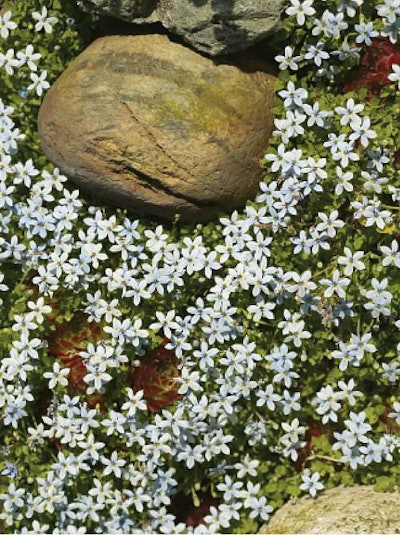 Fragrant Carpet, Pratia angular
Fragrant Carpet, Pratia angularGroundcovers work when you need to cover lots of square footage, such as in a corporate landscape where large naturalized areas are becoming increasingly common. In addition, in some parts of the country, such as in California, municipalities are offering homeowners incentives to replace turf with native plantings and drought-tolerant groundcovers.
Aesthetically, groundcovers serve as a vital design element. “They pull together a planting plan by creating a common theme that anchors the layout,” says J’Nell Bryson, a landscape architect in Charlotte, North Carolina. “For example, a single type of groundcover can unify many different kinds of shrubs for a more cohesive appearance.”
While low-growing plants such as pachysandra, vinca and liriope are old standbys for planting en masse, don’t overlook less traditional options such as small shrubs and woody ornamentals, succulents, grasses and conifers. New cultivars are introduced each year, boasting more compact shapes that require less pruning and maintenance, earlier and longer bloom times and improved heat or cold hardiness.
Expand your plant palate by including a few of these as groundcovers in your next planting project.
LOW GROWING
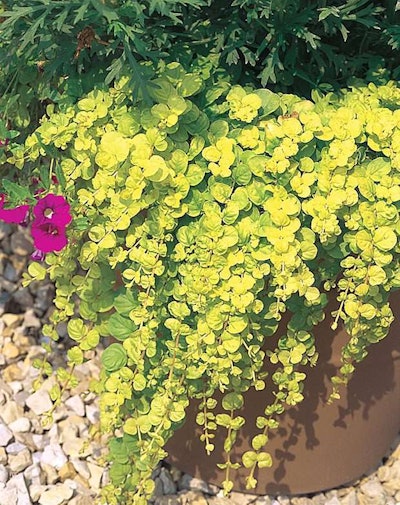
• Hardy in USDA Zones 3 to 8
• Full sun to partial shade
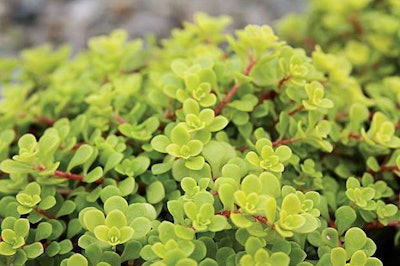
Golden Japanese Stonecrop (Sedum makinoi ‘Ogon’). Succulent, which is drought-tolerant once established. Bright yellow color with pinkish stems contrasts well with other foliage. Prefers partial sun to retain its color. Forms a low mat 2 inches tall, 8 to 12 inches wide.
• Hardy in USDA Zones 7 to 9
• Partial sun
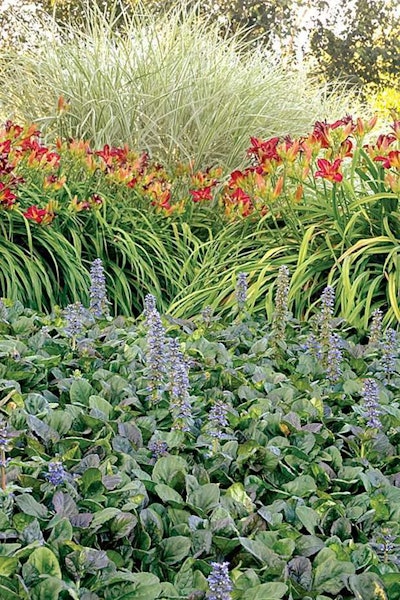
Catlin’s Giant Carpet Bugle (Ajuga reptans ‘Catlin’s Giant’). Carpet-like bronze foliage with blue flower spikes. Benefits if watered during the first growing season to establish root system. Moderate grower 3 to 6 inches tall, 1 to 2 feet wide.
• Hardy in USDA Zones 3 to 9
• Full sun to full shade
MEDIUM HEIGHT

• Hardy in USDA Zones 4 to 10
• Full sun

• Hardy in USDA Zones 4 to 9
• Full sun
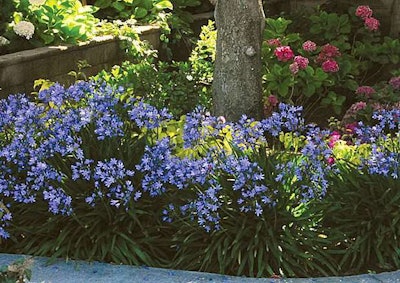
• Hardy in USDA Zones 8 to 11
• Part to full sun
GRASSES
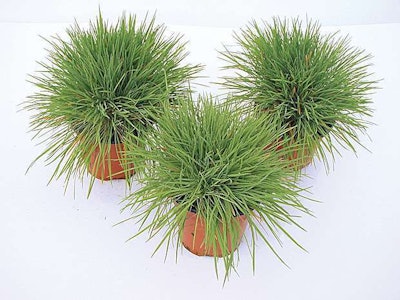
• Hardy in USDA Zones 6 to 9
• Full sun
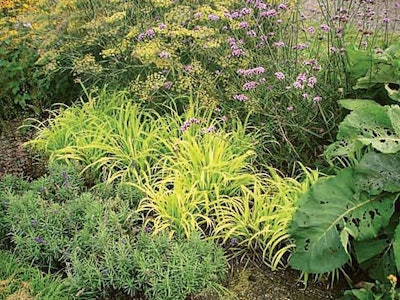
Flashlights Grass (Milium effusum aureum). New variety with lime-green spiky leaves offers a splash of color in shade. Neat arching mounds grow to 8 to 10 inches tall, 6 to 8 inches wide. Can be used as an annual in colder climates.
• Hardy in USDA Zones 6 to 8
• Shade
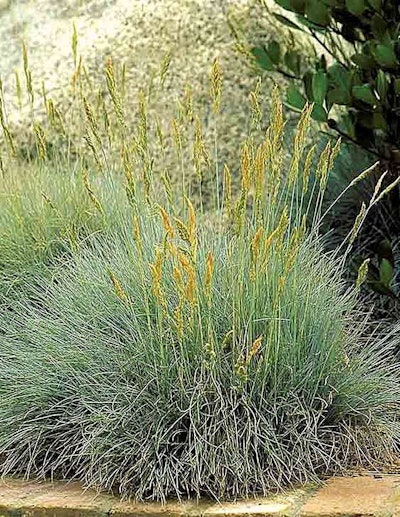
• Hardy in USDA Zones 4 to 11
• Full sun
SHRUBS
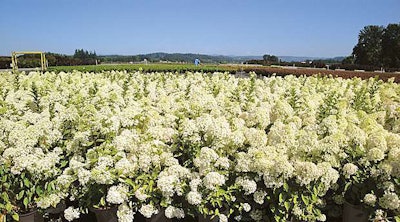
• Hardy in USDA Zones 3 to 8
• Partial sun

Flutterby Petite Butterfly Bush (Buddleia hybrid). This little sister of lankier versions blooms from early summer to frost. Available in pink, dark pink, white and blue. Its fragrant flowers attract hummingbirds and butterflies. Maximum height and width of 2 to 3 feet.
• Hardy in USDA Zones 5 to 10
• Full sun
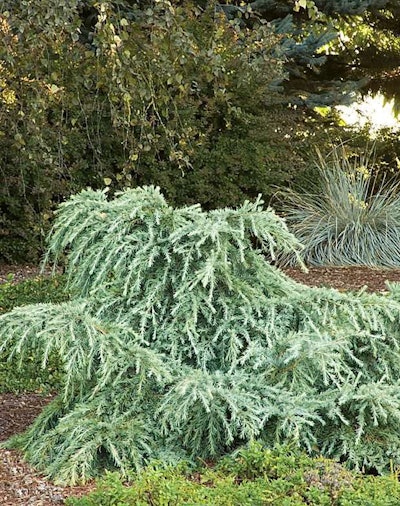
Feelin’ Blue Deodar Cedar (Cedrus deodara Feelin’ Blue). Bright blue dwarf evergreen with attractive weeping habit looks good clustered in small masses, planted against foundations or along driveways. Grows 2 to 4 feet tall, 6 feet wide.
• Hardy in USDA Zones 7 to 9
• Full sun

